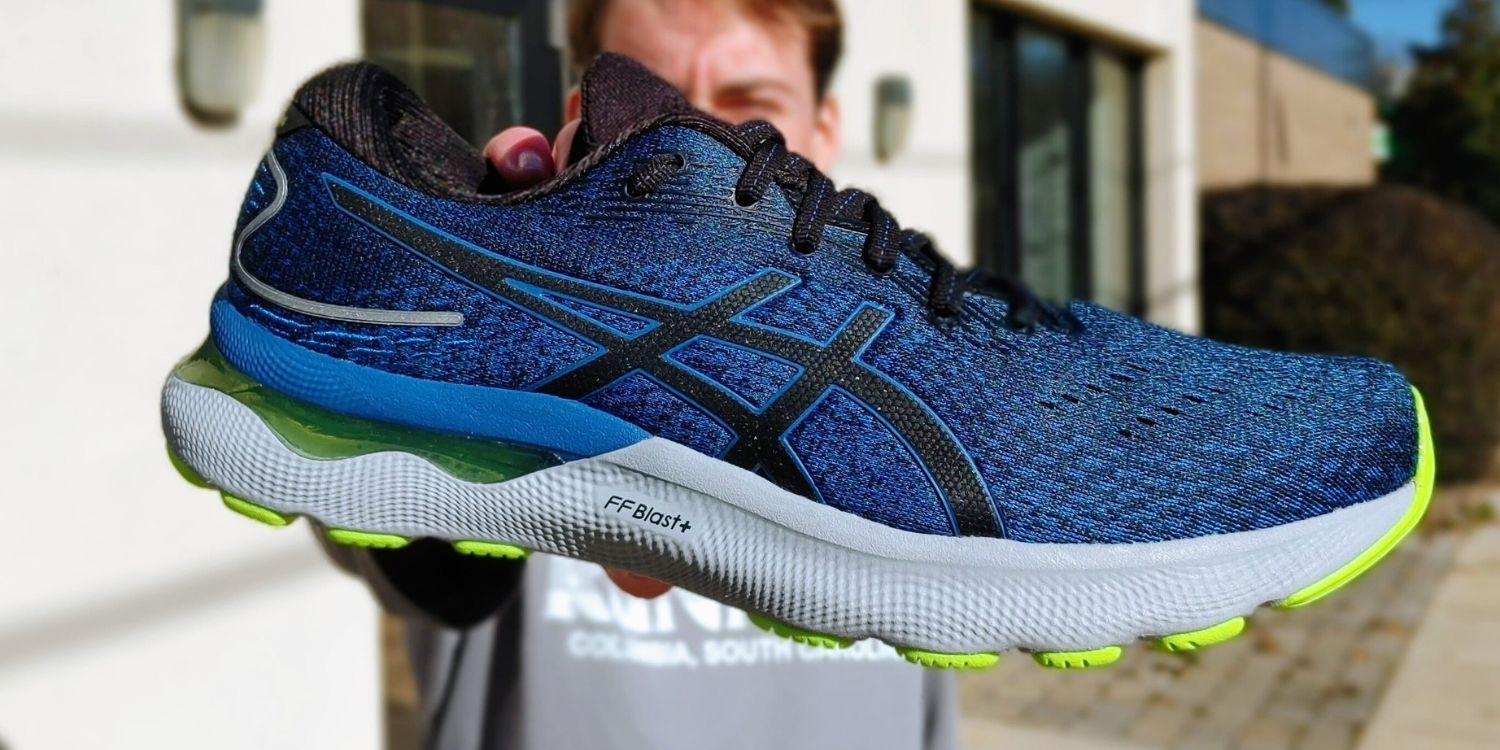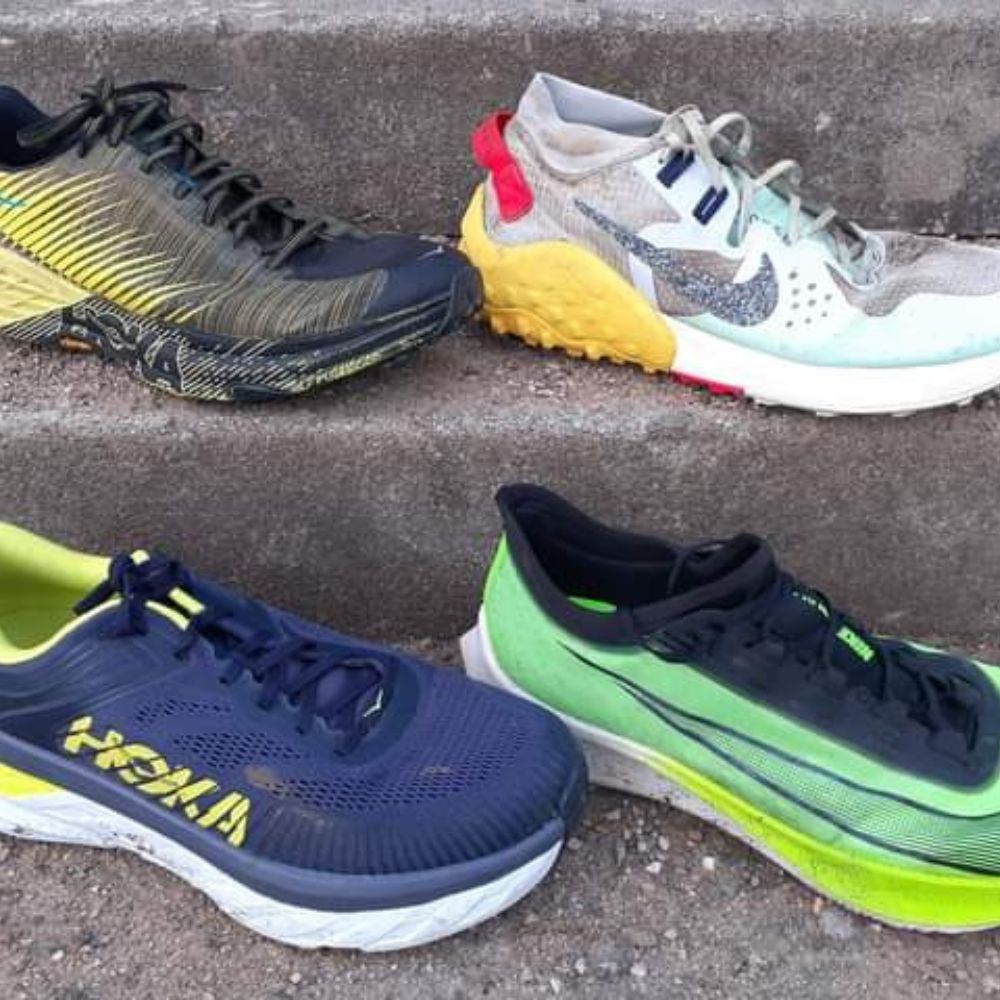
If you want a good running shoe but don’t speak the jargon fluently, we’ve got you covered! Check out this running shoe language guide before you go out to buy a new pair.
Running Shoe Terminology, Explained
- Upper: This is the top part of the shoe that covers your foot and attaches it to the rest of the shoe. It’s typically made of stretchy, supportive knit or breathable mesh.
- Overlay: Other materials, such as strips of plastic or rubber logos, that cross over the upper material, providing support, structure, or style.
- Laces: These secure the shoe to your foot and allow you to adjust the fit. The holes they wind through are called eyelets, and the plastic or metal bits on the end are called aglets.
- Heel Counter: A firmer material surrounding the heel, reinforcing and supporting it to prevent slipping or sliding.
- Toe Box: The front part of the shoe that surrounds your toes, allowing them to move naturally. It’s essential to get the right size and shape to avoid discomfort or injury.
- Tongue: Provides protection between the laces and your foot, with some tongues being designed to secure your foot and keep debris out.
- Outsole: The bottom part of the shoe that makes contact with the ground, featuring treads for traction.
- Rocker Bottom: A design feature in the midsole and outsole that curves up at the toes and heels, facilitating a smoother stride and reducing pressure on the forefoot.
Parts of a Shoe
- Midsole: The middle layer of the shoe between the upper and outsole, where most of the shoe’s technology resides.
- Cushioning: The foam in the midsole absorbs shock and provides cushioning, with variations in density, responsiveness, and thickness.
- Stack Height: The height of the material between your foot and the ground, affecting the cushioning level.
- Drop or Offset: The height difference between the heel and toe influences your running mechanics and footstrike.
- Responsiveness or Energy Return: The ability of the foam to return energy with each foot strike, affecting the shoe’s propulsion and feel.
- Stiffness: The flexibility of the shoe, can vary depending on the foam and other technologies in the midsole.
- Carbon Fiber Plate: A thin, rigid plate embedded in the midsole, providing added propulsion and energy return, commonly found in high-performance running shoes.
- Sockliner: A thin footbed inside the shoe that adds cushioning and moisture-wicking properties.
- Last: The three-dimensional model the shoe is built around, determines its shape and fit.

Understanding these components can help you choose the right running shoes for your needs and preferences, ensuring a comfortable and enjoyable running experience.